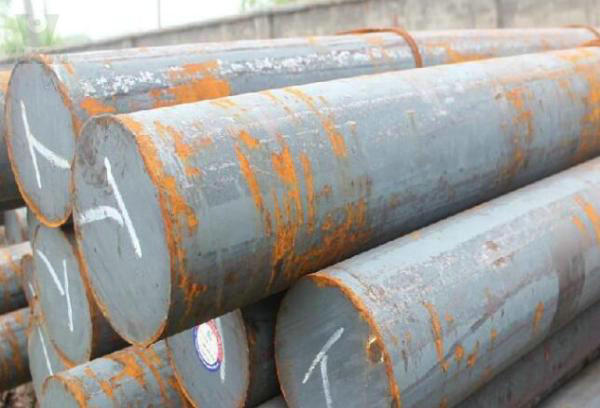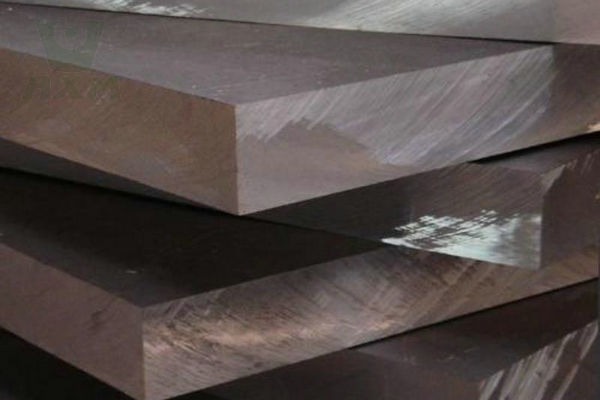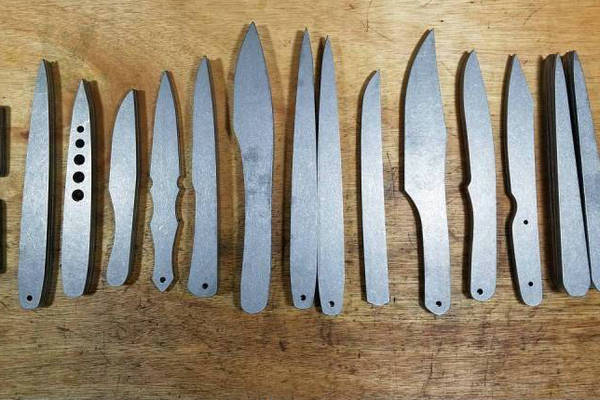Why does SPCC rust? SPCC is a common low-carbon steel sheet. After cold rolling, it has good mechanical properties and processing properties. It is mainly used to manufacture various stamping parts. However, sometimes SPCC will rust. So, why does SPCC rust?

What’s the SPCC?
SPCC is a common steel material, its full name is “cold-rolled carbon steel sheet”. This material is widely used in the manufacturing and engineering fields, mainly used to make stamping parts, such as the outer boxes and parts of automobiles, refrigerators, washing machines, and other products, as well as load-bearing structures in the construction industry. The chemical composition of SPCC is mainly carbon, silicon, manganese, phosphorus, sulfur, and other elements.
The ratio of these elements determines the mechanical properties and processing properties of SPCC. Among them, carbon is the main element affecting the strength and hardness of SPCC, silicon and manganese can increase the toughness of SPCC, and phosphorus and sulfur will have a negative impact on the processing properties of SPCC.
The production process of SPCC mainly includes two methods: cold rolling and annealing. Cold rolling is to cool the hot-rolled steel plate to a certain temperature and then roll it to obtain the required thickness and dimensional accuracy. Annealing is to heat the cold-rolled steel plate to a certain temperature and keep it warm for a certain period of time to eliminate internal stress and improve plasticity and toughness, so as to meet the requirements of stamping.
The Characteristics of SPCC
High Strength and Hardness: SPCC has high yield strength and tensile strength and can withstand greater pressure and load, so it is often used to manufacture load-bearing structures and parts with high safety requirements.
Good Processing Performance: SPCC can be deep drawn, bent, flagging, and other forming operations, and the processed parts have a smooth surface and high dimensional accuracy.
Good Corrosion Resistance: SPCC’s surface coating has good corrosion resistance and can be used in corrosive environments for a long time.
Low Price: SPCC is relatively cheap and suitable for mass production and manufacturing price-sensitive parts.
SPCC has an extensive range of applications. In addition to being used to manufacture outer boxes and parts for products such as automobiles, refrigerators, and washing machines, it can also be used for load-bearing structures in the construction industry, housings for electrical equipment, and packaging containers in the food industry. In future development, with the continuous development of the manufacturing industry and the continuous advancement of technology, the application scope of SPCC will be further expanded.
It should be noted that SPCC also has some disadvantages and limitations. For example, its cold-rolled sheet has high strength and is not easy to rebound, so there may be problems with residual stress. In addition, the forming process of SPCC requires precise process control and material processing, otherwise it may cause dimensional deviation or deformation of parts. Therefore, in practical applications, reasonable material selection and processing are required according to specific usage requirements and production conditions.
Why Does SPCC Rust?
chemical Composition
The main components of SPCC are Fe, C, Si, Mn, P, S, and other elements. Iron is a relatively active metal element, which easily reacts chemically with oxygen and water molecules to generate iron oxides and water oxides, thus forming rust.
Environmental Factors
For example, SPCC is more likely to rust in a humid environment with high salt content or corrosive gases. This is because the humid environment provides sufficient moisture, salt has a corrosive effect on iron elements, and corrosive gases directly chemically erode the surface of SPCC.
Surface Treatment of SPCC
If the surface of SPCC is defective, rough, or not properly treated with rust prevention, it is more susceptible to corrosion. For example, surface scratches, unevenness, or residual oil stains will provide conditions for rust.
How to Prevent SPCC from Rusting?
Surface Treatment: Paint, electroplate, oxidize, etc. the surface of SPCC to increase its corrosion resistance.
Storage Environment: Avoid placing SPCC in a humid, high-salt environment or an environment containing corrosive gases.
Use Rust Inhibitor: Spray rust inhibitor on the surface of SPCC to prevent the intrusion of oxygen and water molecules, thereby preventing rust.
Processing Technology Optimization: During the processing of SPCC, minimize surface damage and oil residue to improve surface corrosion resistance.
In Conclusion:
In short, the rust of SPCC results from the combined effect of multiple factors. Understanding the relationship between SPCC and factors such as composition, environmental factors and surface treatment will help to take effective measures to prevent SPCC from rusting, thereby increasing its service life and value.







